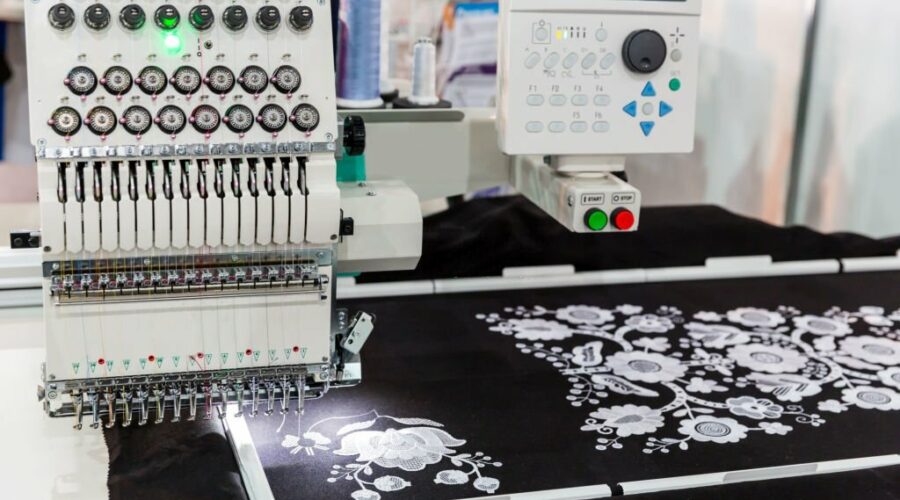Introduction In today's digital age, businesses are constantly seeking innovative ways to reach their target…

A Brief Guide On Embroidery Digitizing
Have multiple questions in your mind related to embroidery digitizing? If this is the case, then you should keep on reading the following blog and you will get all of your answers. To sum up things in simple words, it is a process in which you have to convert the artwork into a digital file using software that enables the embroidery machine for a better understanding of the needle’s path. Note that, the process is not automatic and this procedure is considered as the art form which can’t be done by every person.
To do the work, different kinds of embroidery machines are used as well. Each machine has its own software that will enable it to control the functions when reading the file after it is digitized. You must understand that there are standard image formats like JPG, PNG, PDF, and more. These formats are not readable by the computer, so digitization of files is important to get the job done. Similarly, embroidery-specific formats such as EMB, DST, PES, and many others are used too. Considering this, the professional has to convert image to PES or any other embroidery-specific format depending on the machine being used.
Different File Types In Embroidery Digitizing
Let’s have a look at the different types of files that you can be aware of being used in the process:
.exp: It is best for the Melco commercial embroidery machine.
.dst: For Tajima commercial embroidery machine.
.jef: Best for Janome commercial embroidery machine.
.tap: Perfect for a Happy commercial embroidery machine.
.dsb: For Barudan commercial embroidery machine.
.kwk: Ideal for Brother commercial embroidery machine.
Important Steps Of The Process
Now, we will be looking at the important steps which are part of the embroidery digitizing process:
1- First, you have to upload the logo to the digitizing software that you are planning to put on the item, be it fabric, cap, jacket, and more.
2- In the second step, you have to adjust the size of the embroidery design for further work.
3- You also need to finalize the type of stitches that are going to be used for the work.
4- Later, you also have to set the direction of the stitches.
5- Lastly, it is the time that you have to transfer the file into the embroidery machine.
Types of Stitches To Know About!
Now, we will be looking at the different types of stitches which are used depending on the different textures, look, and other things to keep in mind.
Straight Stitch
It is also called the foundational stitch which is best for embroidery where you have to use a straight line in a repeated manner to create a pattern. You can easily make the thick line by repeating the straight stitch multiple times. It is not just used for the straight lines, you can use them for the curved shapes too! Moreover, you can commonly use it for outlining, shading, and detail work.
Satin Stitch
Want to do text embroidery, satin stitch should be your choice in your embroidery digitizing process. The long length of this stitch type provides it a shiny look and it is ideal for lettering. The maximum length of the stitch is 12.1mm. Note that, you can commonly use it for borders, text, words, and getting the shiny look.
Fill Stitch
The second name of this type is called tatami stitch or ceding stitch. It is used for filling up the patterns as you can understand it from the name too. This stitch type is using the alternating line that will be offering the embroidery a woven appearance. Note that, the max length of the stitch is 4mm and it is best for large designs, filling up blank spaces, developing a textured look, and more durable applications.
Push and Pull Consideration
One of the essential aspects to keep in mind is the push and pull. A design moves when it is being embroidered. It will be causing a few of the stitches to shift. That shifting happens when you are using thick fabric, large areas of thread, long stitches, and a tight bobbin thread. A skilled digitizer will be keeping this in mind.
Hire The Professionals
After all the above discussion, you will have a better idea about the process of embroidery digitizing. It is not an easy process and should be performed by professionals. You should connect with a skilled company for the service as they will be offering you the best service at an affordable price and with a quick turnaround time.




This Post Has 0 Comments